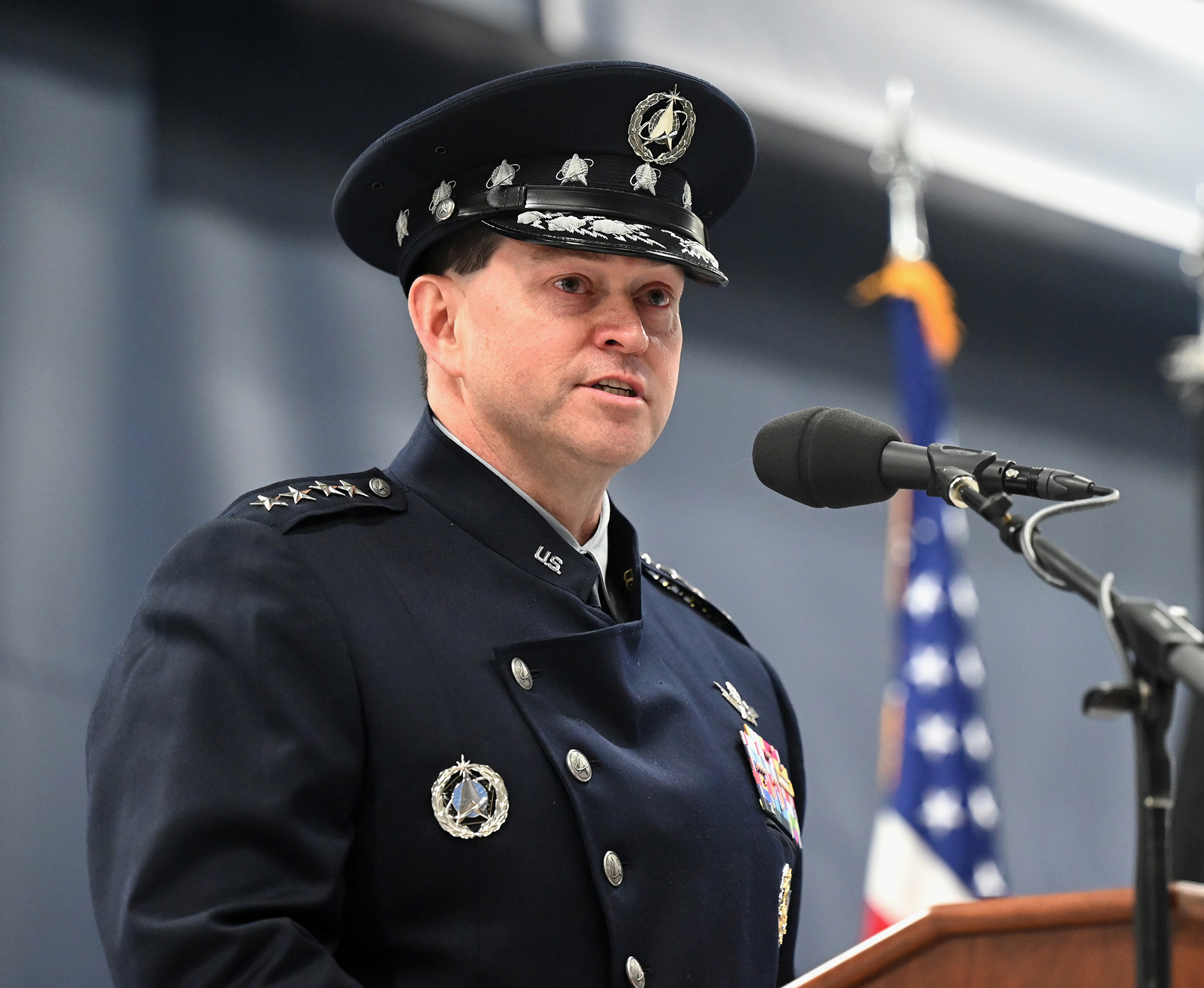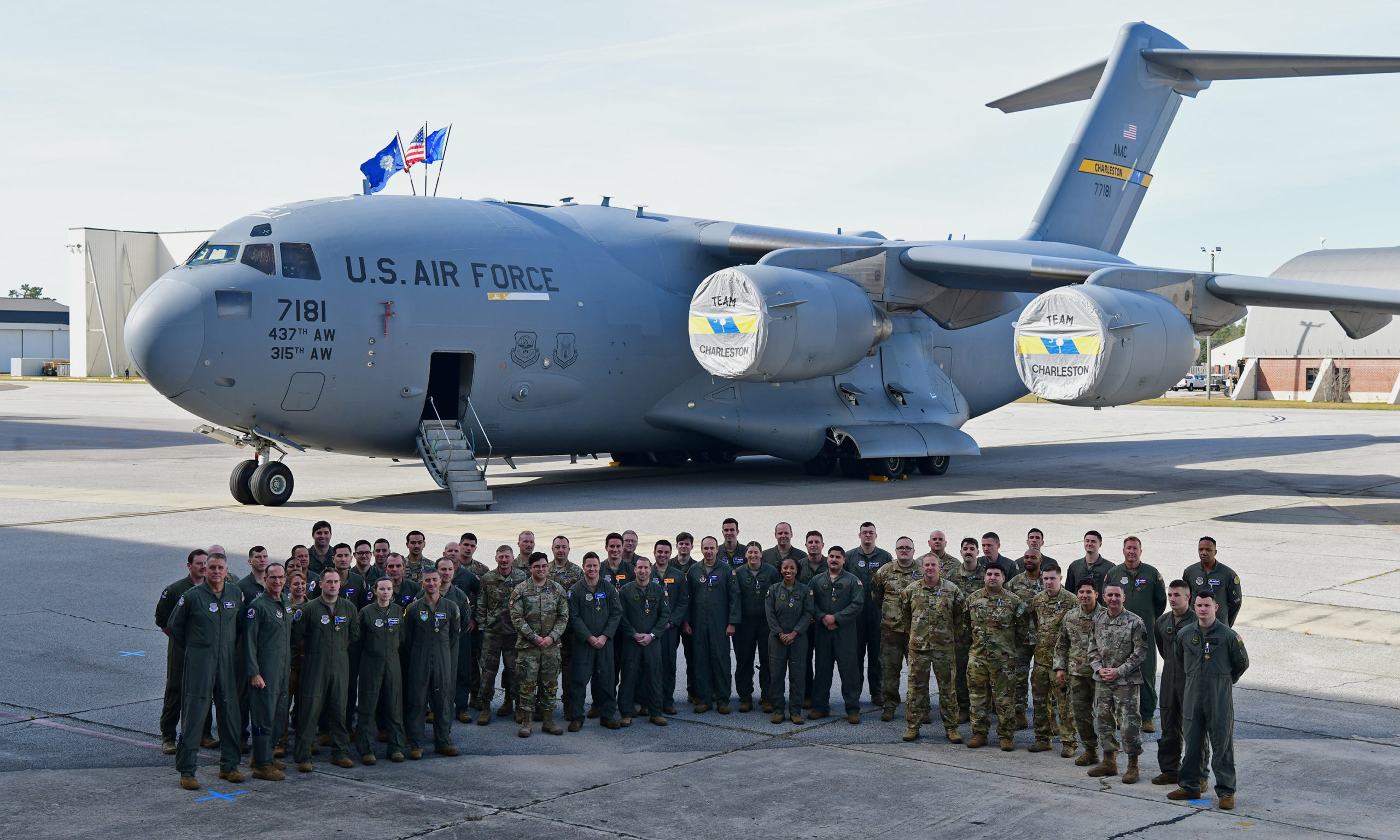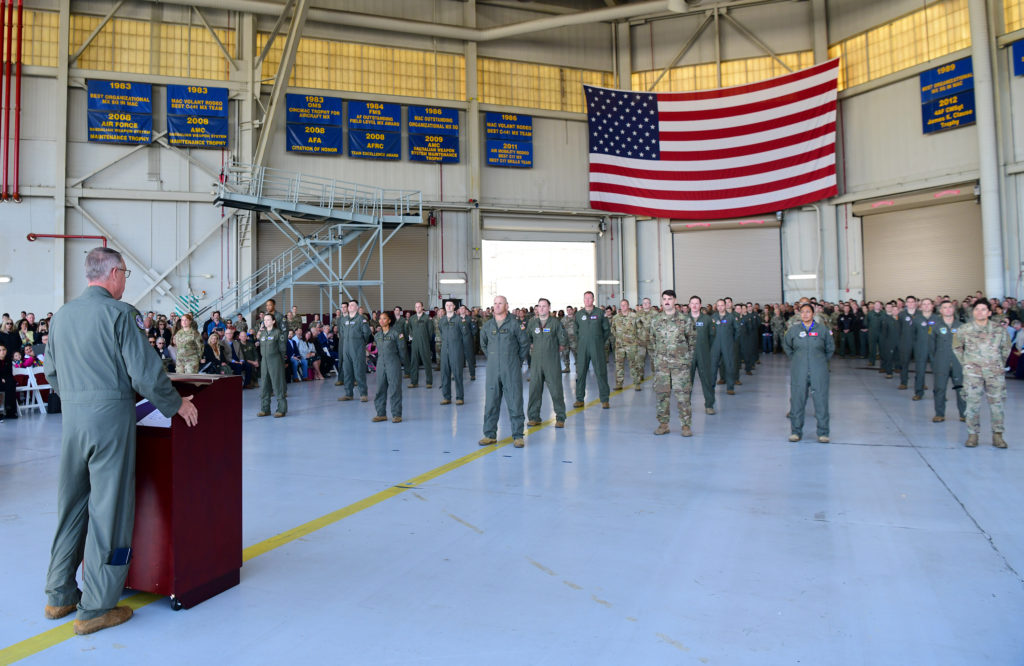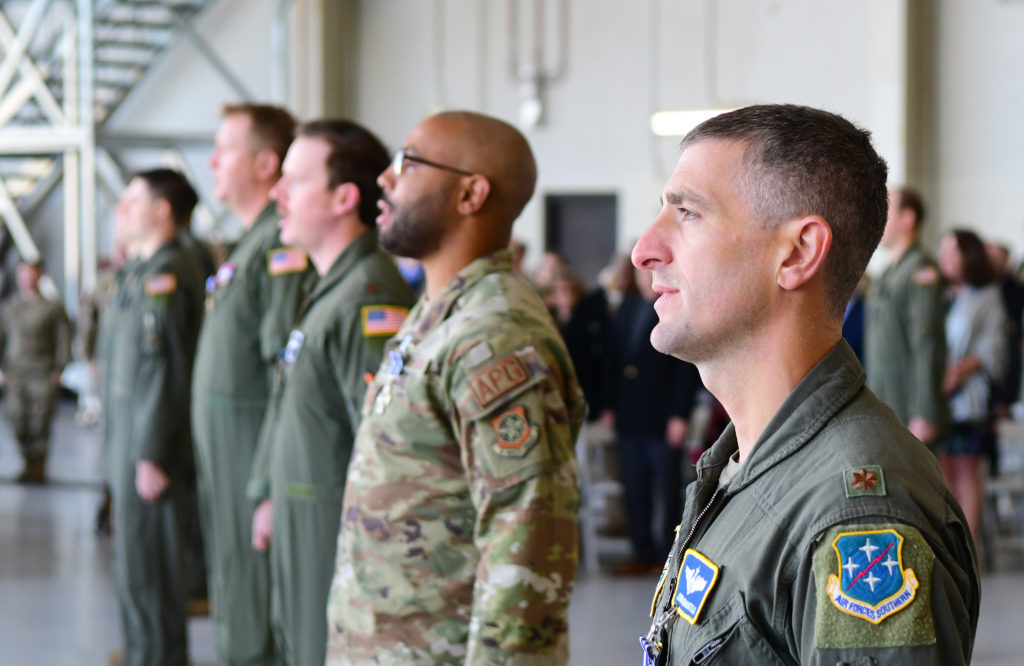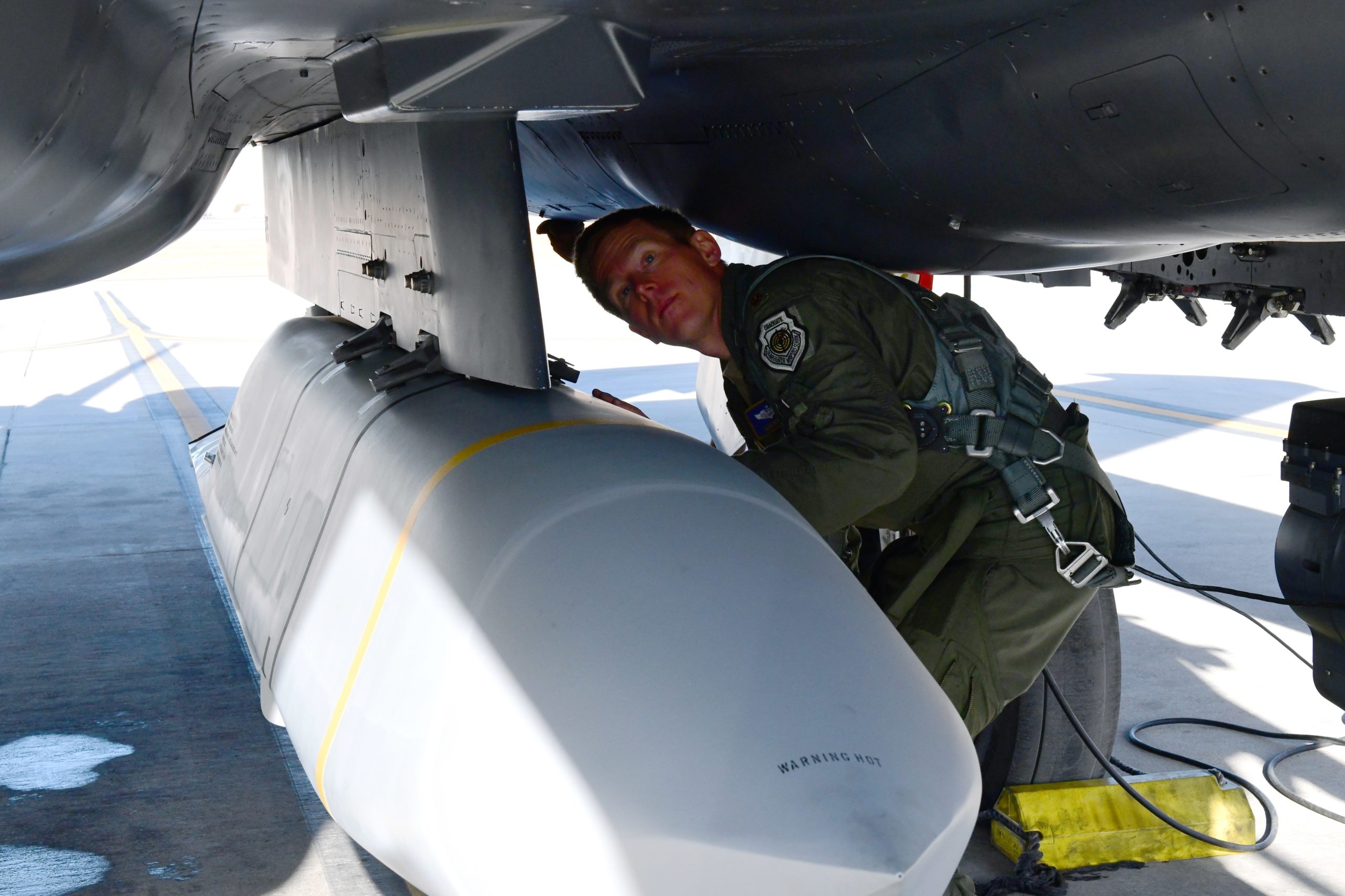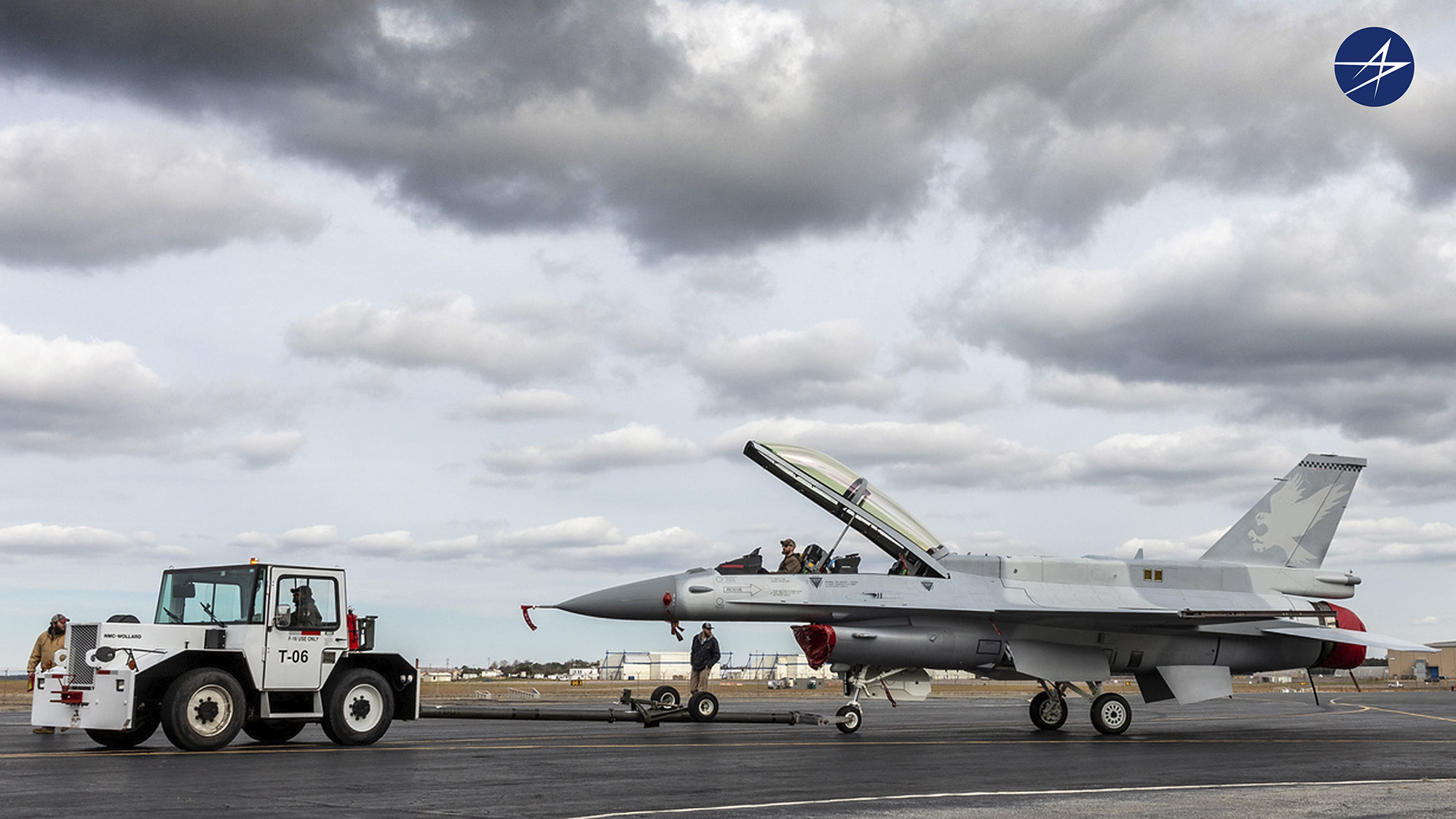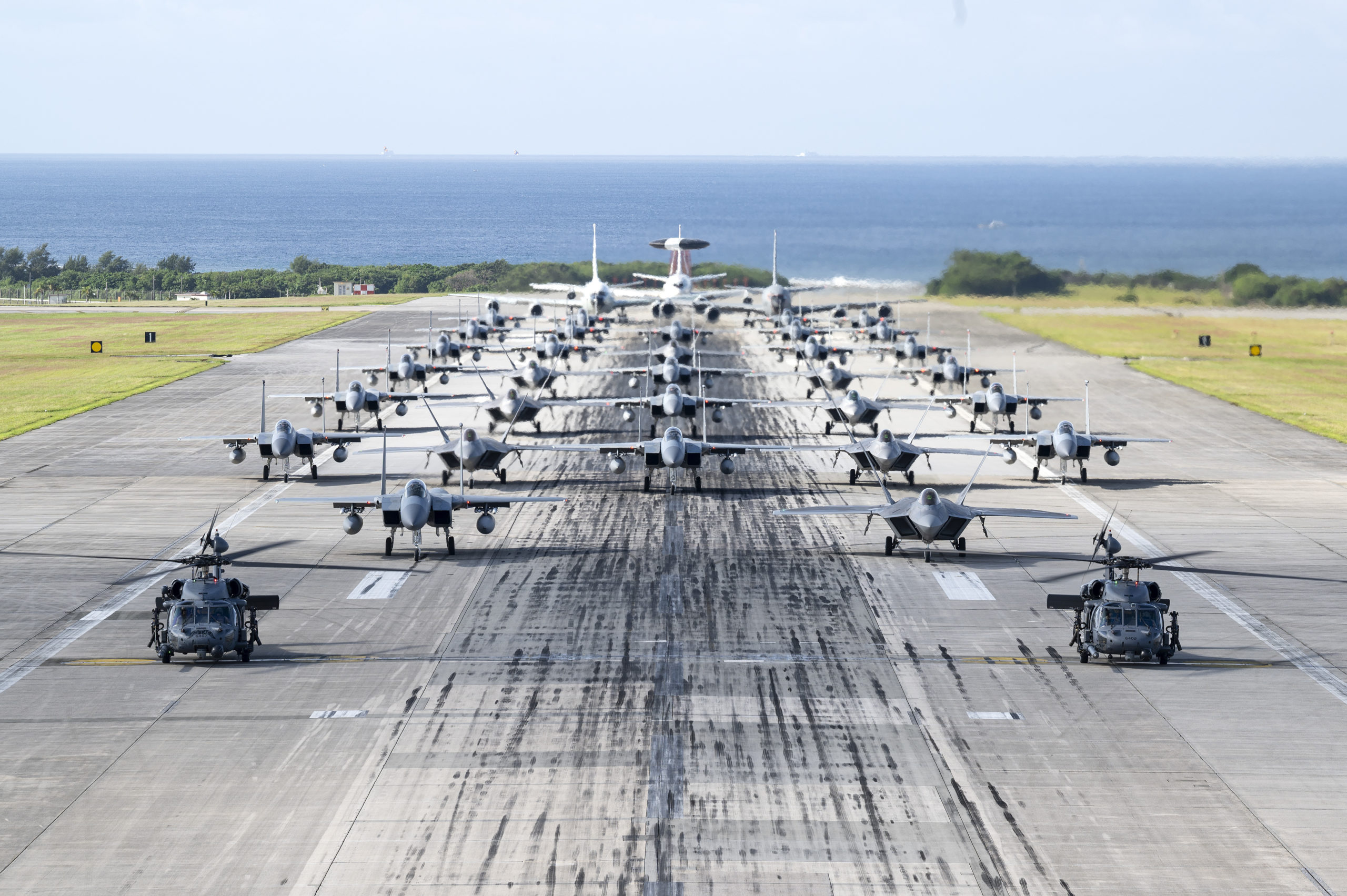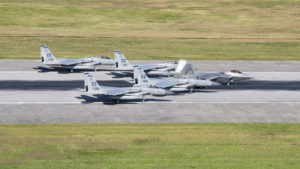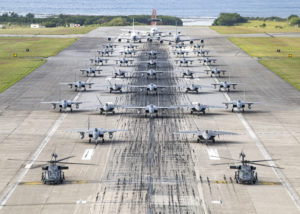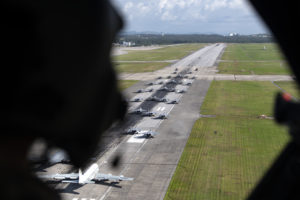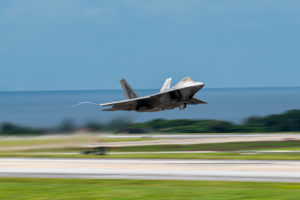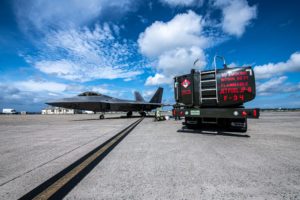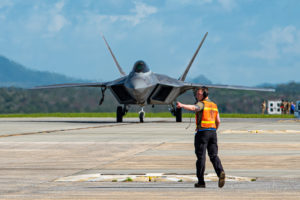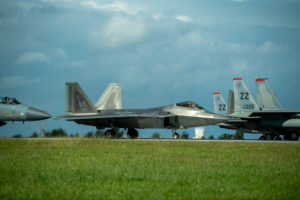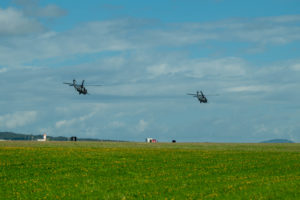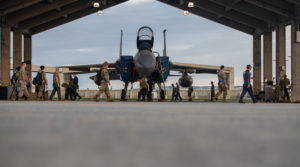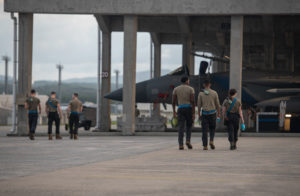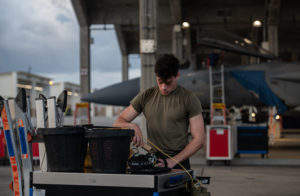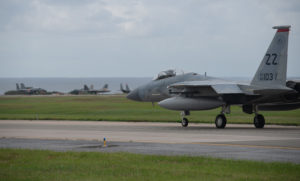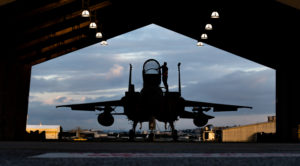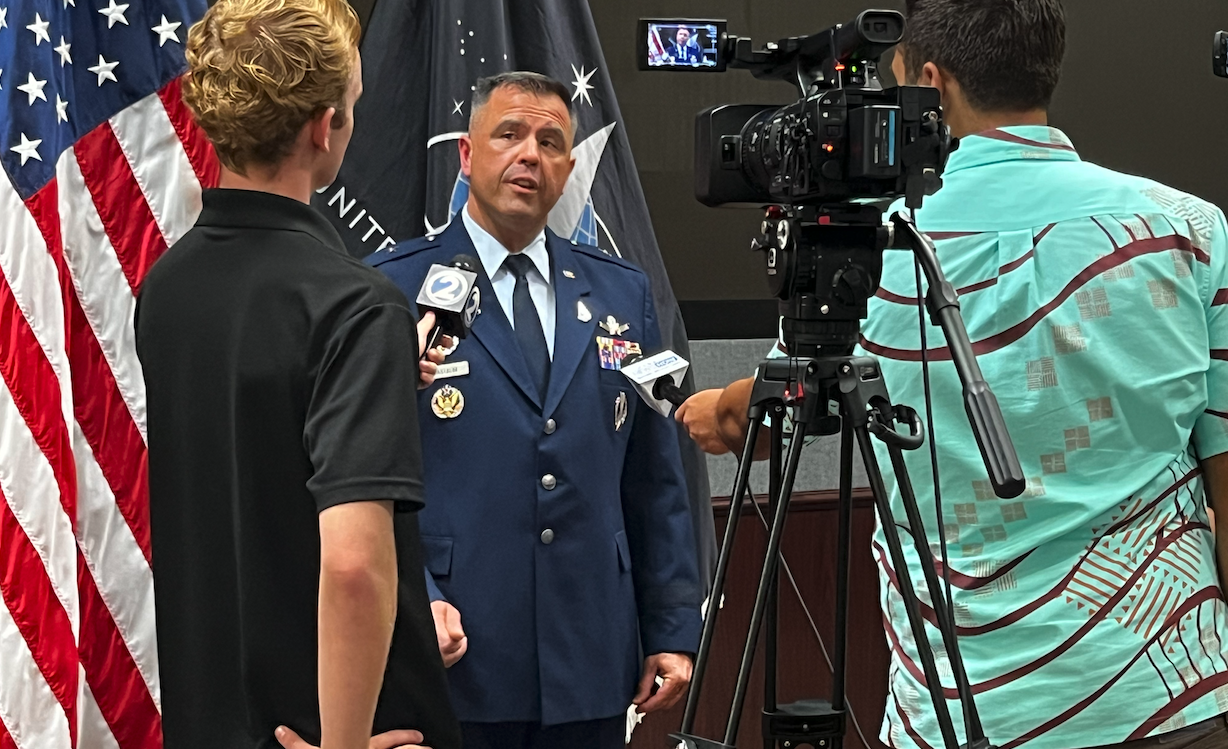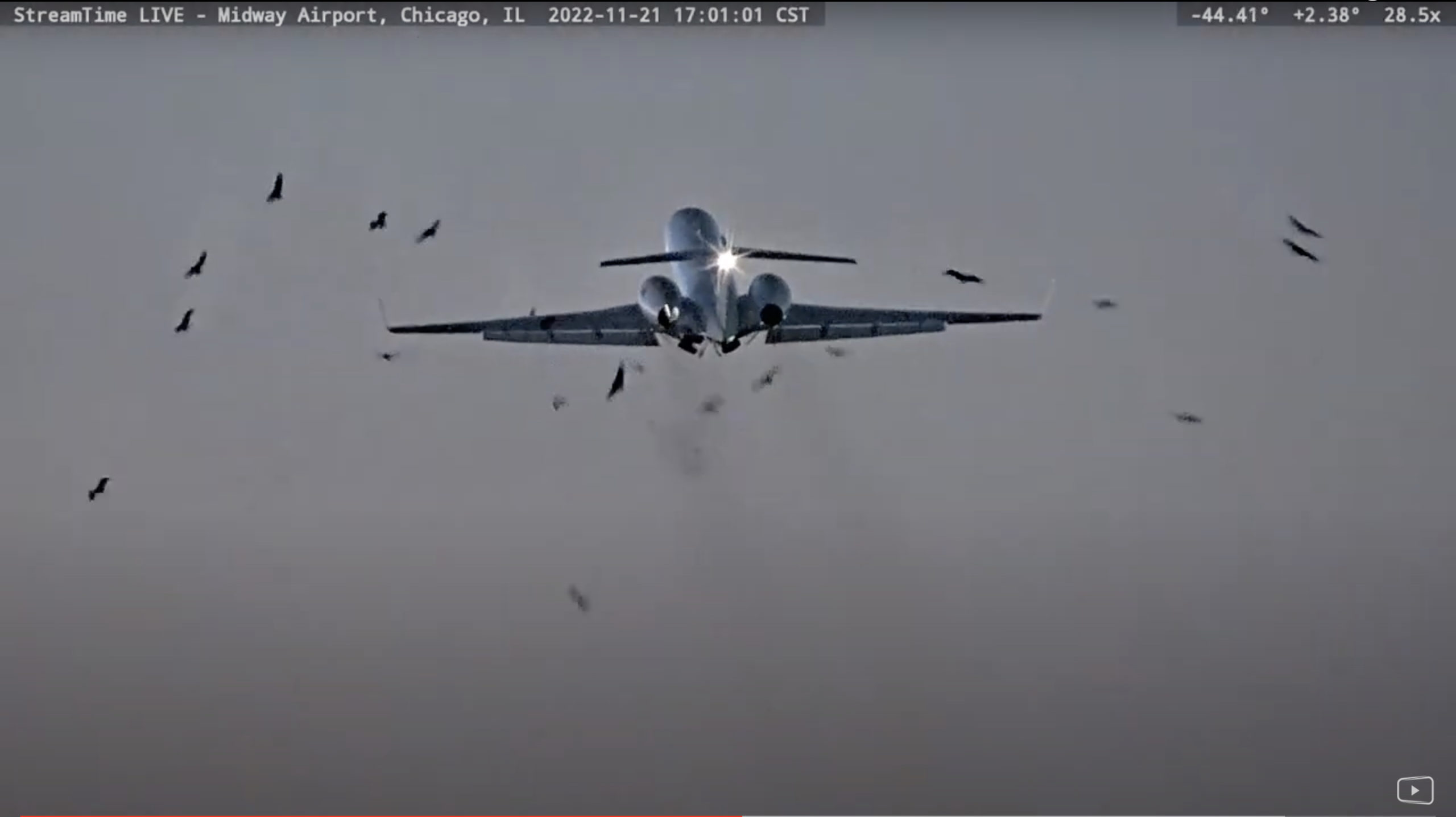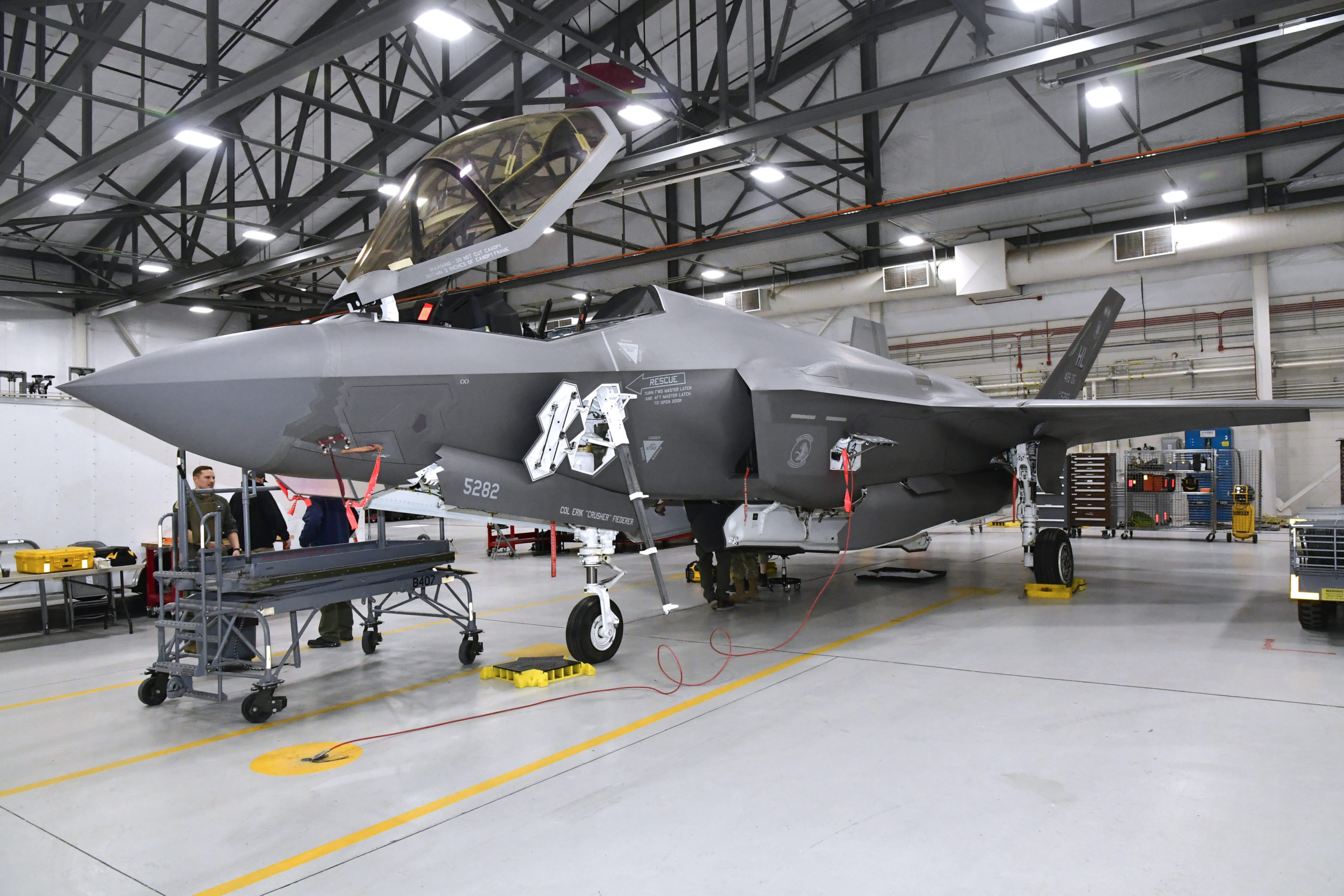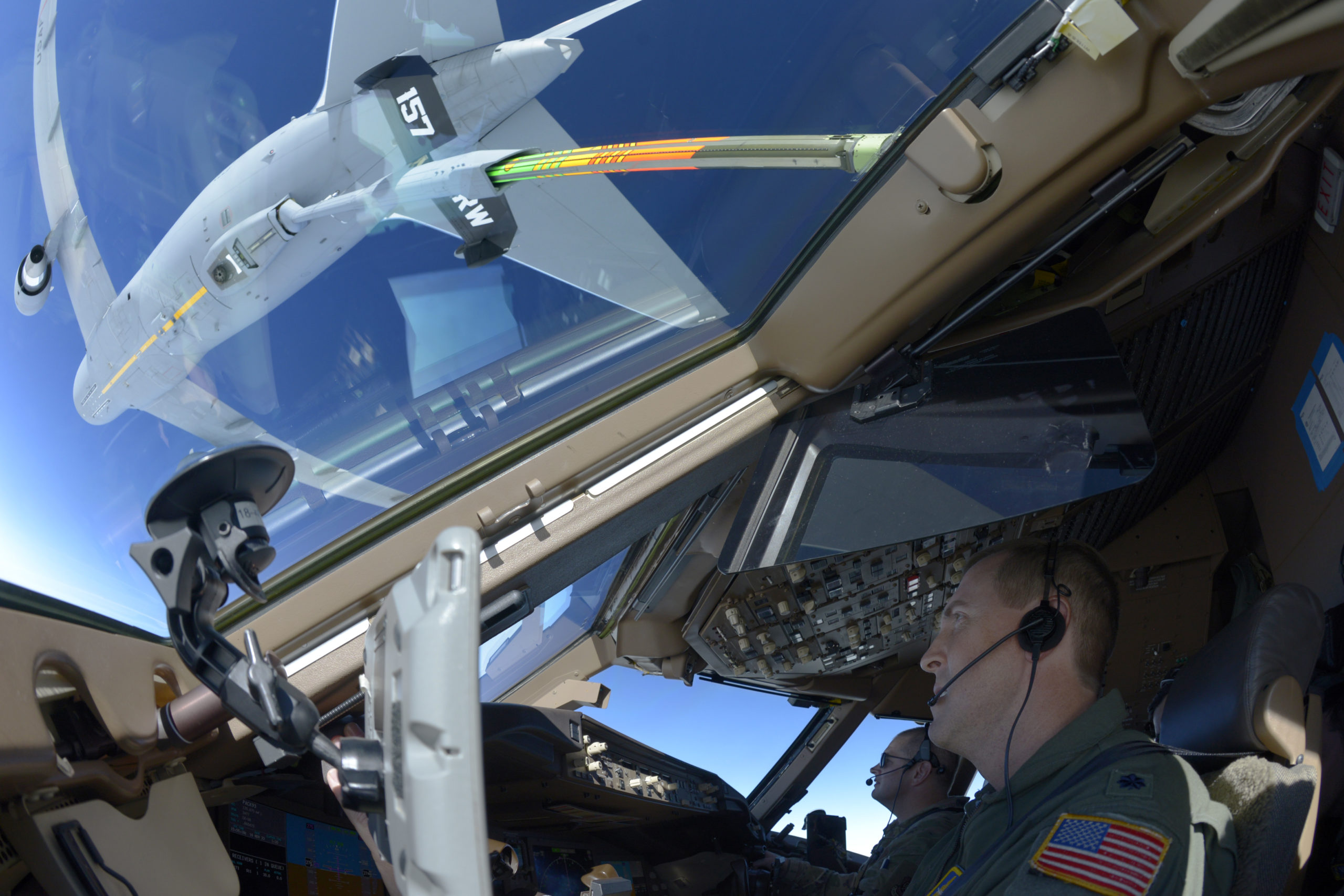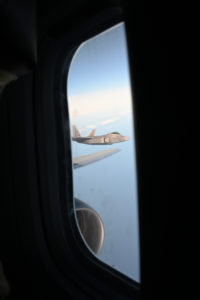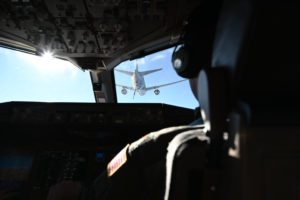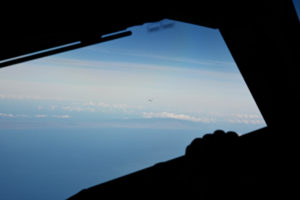Gen. B. Chance “Salty” Saltzman became the second-ever Chief of Space Operations on Nov. 2, bringing with him a resume unlikely ever to be repeated. A space operator most of his career, he was the deputy air component commander at U.S. Central Command and the first Space Force S-3 operations czar. He spoke with Air & Space Forces Magazine Editor in Chief Tobias Naegele a few weeks after taking over as Chief.
Q: Every new Chief brings ideas and concerns that grew out of personal experiences in the service over the course of a career. What was one of those for you?
A: I think one overriding thing that I was always frustrated by in the space community is how high up the chain decisions have to be made. Lack of trust, of lower-level [staff] … Some of what I thought were the most simple decisions, you had to defer up the chain. I thought that slowed us down. I thought that it didn’t train our junior members to be a good decision-makers. And I just said, we have got to figure out how to empower our younger members—I’m thinking about the skills of officers here, but this equally applies to the enlisted corps positions—how do we push this down? When we say Mission Command, do we mean it? Or is that just kind of the phrase of the day? And if you mean it, it’s how you respond when they make bad decisions; it’s how you respond to not being comfortable that you don’t get to make a decision because it’s more important that the right person at the right organizational level makes this decision—even if you think you might be able to make it better. … Rather than pulling the decision and authority up, [leaders should] mentor down. Train them how to make the better decisions. It’s the ‘teach a man to fish’ kind of thing. …
There’s a Thomas Jefferson quote that I have hanging on a placard back at home: ‘I know no safe depository of the ultimate powers of the society but the people themselves; and if we think them not enlightened enough to exercise their control … the remedy is not to take it from them, but to inform their discretion by education.’ … That’s the way I see Mission Command. … I’m going to delegate down. I’m going to empower … and they’re going to get some stuff wrong. They’re going to do things not how I would do it. And I can respond one of two ways: I can pull those authorities away from them and pull them up. Or I can educate, train, build, and show them how to do better the next time and just live with the fact that it was not quite as good as I want them to be. And then hope they do that at the next echelon, and the next echelon after that. It’s hard sometimes. When people make mistakes, I could be embarrassed. At some point, the Chairman’s going to yell, or the Secretary of the Air Force, and I’m going to be embarrassed, probably in a public forum, for something that somebody else did, that I could have done better. … And I think it would be a very human response to get mad down the chain and say, ‘All right, you’re never doing that again—I’m doing it.’ That’s the real test. Do I have the conviction of this approach to say, ‘Hey, I got embarrassed by this,’ and use that as the training and mentoring opportunity [it should be]. … I hope I have the patience to take the deep breath and have a mature response when that happens.
Q: Many Americans are still unaware we have a Space Force, or if they are aware, why we need one. How can you change that?
A: You know, I was at the Washington Commanders game [after Veterans Day] and they were doing a salute to service. All of the services are holding their seal with members of the service, and the Space Force was right there with all the others, and they played the medley, and they played the Space Force song. It wasn’t a packed house, but it wasn’t inconsequential, either, and it’s on TV. You chip away, right? I can’t educate 300 million people, but we can chip away at it. We just have to make ourselves available. … One of the little things I like, is I’m gonna encourage our people to wear uniforms in the airports when they travel. It says Space Force. The times I’ve done it, people notice, they say, well, ‘That’s a real thing? I’ve never seen a Space Force guy.’ … So no big campaigns, just kind of keep chipping away.
Q: You’re operating in a new sphere as a four-star and as a service chief. And I imagine there are still some who don’t think the Space Force merits equal status. So your challenge is to prove you belong on the team. How?
A: What I have working for me are facts. Over the last 20 years, the other services have been able to save money by buying different kinds of equipment in smaller numbers, because of space capabilities. Whether it’s precision with weapons—you know how a B-17 drops 200 bombs and hits 0.5 targets, while one B-2 hits 80 independent targets because of GPS. … So … we will deliver force structure because [we] recognize now that our adversaries see the asymmetric advantage that space provides for the joint force. They are holding at risk our space capabilities. And they built their own space capabilities to do over-the-horizon targeting, new capabilities to create this very defensive bubble for themselves.
I will argue that what we bring as a new service is focus. You don’t have time to focus on how to get it right in space, because you’re doing the air campaign, or you’re doing the land campaign, or at sea. So don’t worry about it. I’ve got you. We know the nuances, and if we don’t know, we’re going to study, and we’re going to dedicate ourselves to learning them. From the time you’re a brand-new technician or a second lieutenant, we are thinking about the space domain, and where the vulnerabilities are, and how you could shore those up. It’s just dedicated focus, and that’s going to make the joint force better. … Every time we say those words, nobody disagrees with us.
Q: So that makes you the indispensable force?
A: I don’t think we’re the indispensable force. I think they’re all indispensable, because the problems we’re going to face are multidomain problems. So the joint force has to collectively think about vulnerabilities, attack vectors, opportunities, weights of effort from all the domains to create problems. … The bad analogy is like a cake. What’s indispensable? The flour? The eggs? So my job is just eggs. That’s what I do. But if we think about how it comes together when you mix it, is a joint force.
Q: Size is an issue. The Space Force is still too small to send the right level leaders to all the meetings and places they need to be, too small to fill all the jobs you probably need. What’s the right size for the force? Do you have a hard number in mind?
A: There are still some substantial growth areas. … I think our headquarters is still not the size that it needs to be to effectively integrate into the Department of Defense. There are still some gaps. I don’t believe our general officer corps is the size it needs to be. The tip of that pyramid kind of starts to define what the rest of the structure needs to be. We have our service components that are going to the combatant commands, that are going to be responsible for integrating space capabilities. … We’re talking about two dozen people right now in EUCOM. That’s not going to be sufficient. … We don’t have the test community that we need. We don’t have the training infrastructure that we need. Our institutional force is not the size it needs to be to maintain the quality of training and education, doctrine, and operational concepts. That’s all new for us. We lived with Air Force operational concepts. Now we’ve got to build our own. We lived in the margins of Air Force tactics validation. Now we’ve got to develop our own. So these are all growth areas. Would it surprise me if five, six, seven years from now we’re twice as big? No.
Q: Within your service, you have just two four-star general billets, the chief and the vice, and until you have someone commanding U.S. Space Command, you’re not going to have a third. Do you have a picture of how many general officers you think you need?
A: I looked across all the services and said, OK, if you have this many general officers, what does a healthy pyramid look like? And it’s actually pretty consistent. For two four-stars, you would need six three-stars, 12 two-stars, and 16 one-stars. That’s kind of the planning factor the other services use, and if we had that, that would work. So that’s 36. We now have 21. It would be a big increase.
Q: And that would build the structure to give you the numbers you need?
A: The problem is that Congress could throw billets at us tomorrow, but we’ve got to grow people to fill those positions. Everything I just mentioned, those are not entry-level positions. If you’re going to be a tester, you’ve got to have some operations background. If you’re going to represent space in the combatant commands, integrated into our plans, you’ve got to have an operational background. So when the hole in your force is that mid-grade to senior grade, the only way out is either pull from other forces, other services, civilianize, or allow time to grow the force. And it’s a combination of all three … take a program manager in Space Systems Command—should that program manager be a GS-15 or an O-6? Because if it’s an O-6, it’s going to take me 18 years to produce one of those, because every O-6 starts as a second lieutenant. And if it’s a GS-15, I might be able to pull somebody that’s got program management experience from commercial industry or another place and pull them straight over.
Q: What is your guidance, then, to the force?
A: My priorities start with a resilient, ready, combat-credible force. And I know exactly what that means. But when I talk to some of the junior and senior officers, they don’t necessarily know in detail what that means. My experience, from the Weapons School and employment of air power, has given me a very, very clear understanding of what needs to be done. That means it’s my job to make sure they understand, to train them, to document my guidance and help them understand. Because this is the shift to a mindset of contestability that most of these officers didn’t grow up learning. They grew up in engineering—’How do I make the system last as long as possible?’ ‘How do I make decisions for longevity?’—not ‘How do I make decisions for attribution and attrition and other things you think about in a contested domain?’ So it’s my responsibility to convey that … so that they’re ready.
Q: The Space Force is roughly 50/50, officers to enlisted. That’s a very different model than what you see in other services. Do you anticipate it will stay that way?
A: This is where we have to go back and do some things that the other services haven’t had to do for a long, long time: Ask what, exactly, is the purpose of your enlisted corps? … The answer is that technical is always the bedrock of the enlisted force. We have a highly technical workforce. And if we can continue to give them the experience and longevity in certain areas, you create this technical competency, … the systems operators … the technical corporate knowledge. On the acquisition side, I think that the technical skills to accomplish the JCIDS [Joint Capabilities Integration and Development System] process can be heavily weighted on the civilians. Again, longevity … grows over time. So you have these two technical skill sets: For operations, it’s the enlisted. On the acquisition side, it’s the civilians. And your officers, they are the leaders. They have to understand all of that, but they have to make decisions. And that’s a fundamentally different skill set. You have to train them for that, to take all these inputs and [decide] … this is what we’re going to do. That’s what the officers bring.
Q: At the Space Systems Command campus in Los Angeles, you see banners posted that say, ‘The Threat is Real.’ The implication is that people either hadn’t believed it or weren’t thinking about it. Your focus is similarly on warfighting. What are you doing to build that part of the culture?
A: I was with the 18th Space Defense Squadron—they’re the ones that maintain the space catalog [of satellites on orbit]. And I’m talking to this specialist. He’s great. And he is so excited about his job, right? He’s tracking the mega constellations. So a StarLink launch is up and 60 spacecraft fly off. And I don’t know if you know how they do that, but they just tumble the rocket body and … because the velocities are slightly different, that’s hard to differentiate quickly, when you’re just using radar. So it’s a processing problem. He says ‘the last time they did this launch, it took us, you know, like 48 hours before we even saw 60. And this time, we did it like 16 hours, because we use a slightly different radar looking angle.’ … And I go, ‘Hey, what can the enemy do to take advantage of this and hide their activities?’ … And he didn’t know how to answer. So I say thanks, and then I grab the squadron commander, and I say, ‘He doesn’t understand the threat. He doesn’t understand what I need from him, [or] that there’s an adversary who is trying to prevent him from doing his job.’ Because—I know, we don’t have the simulators to simulate that, and I don’t have the procedures and tactics to quantify that, and that’s my job. But we’ve got to start having these discussions with these kids. That’s the shift. It’s not about the catalog—that’s what it always was about before. It’s about threat. It’s about our need to understand the domain. And the adversary is trying to prevent us from understanding it.
Q: There’s a great line in the movie “Dr. Strangelove” where the point is made that the Doomsday weapon cannot deter anything if no one knows it exists. The Space Force is ultimately playing a very high-level strategic game. How much do you let adversaries know? And how much does holding information secret limit you from getting the money you need to be effective?
A: So this is ‘the Space Force Theory of Success.’ I’m writing it. And you don’t get to see it yet.
Q: It says ‘unclassified.’ You’re not going to let me see it?
A: You’re going to see it eventually. But not yet. Because if we don’t describe what we’re trying to do, how do we know what to build? How do we know where to go, where to put our resources? And this is so complicated, it’s so technical. We have to be able to describe this in an unclassified way to say, ‘This is what the problem is,’ and ‘this is our approach to addressing it.’ And ‘Here’s what we need to focus on, and buy, and invest in. … Here’s how I see my role in how we’re doing the business of the Space Force. I’ve watched too many times the senior leader issue guidance and direction and a strategy that becomes an action plan. And then some director of staff somewhere starts tasking it out. We’ve all seen this with varying degrees of success. … I’m going to try to kill two birds with one stone, proving that the Pentagon supports empowerment and giving you [military and civilian Guardians] a broad understanding of where we’re headed. I want to give some left and right guardrails. And then you owe me all of the activities that support it. The activities are going to be broad enough that it requires all of them to do something. There is a training and readiness piece to this; there is an operational piece to this; and an acquisition piece. I’m not going to write any big lines of effort that don’t affect everybody. So, therefore, now you come back to me. … I want to see your plan for implementing my vision.
Q: So is it implicit that you expect your commanders to push that request down to the next level, and so on?
A: It’s not implicit—it will be explicit. I have no reason to believe that you can do this if you hold the authorities to yourself. You have to pass this down. And [those subordinate organizations] organically determine the opportunities, activities, and investments that are needed at their level, for their piece of the puzzle, and that aggregates up under your vision, which aggregates up under my vision. So there’s going to be buy-in because it’s their ideas, their initiatives. We’re going to provide enough guidance so that we’re happy with whatever they come up with.
